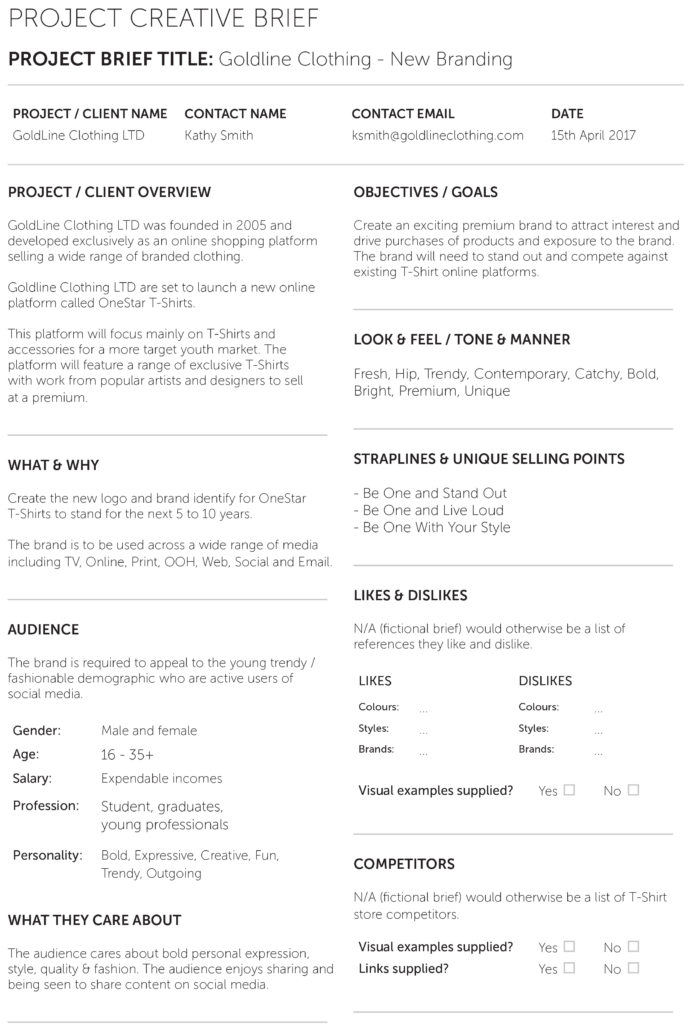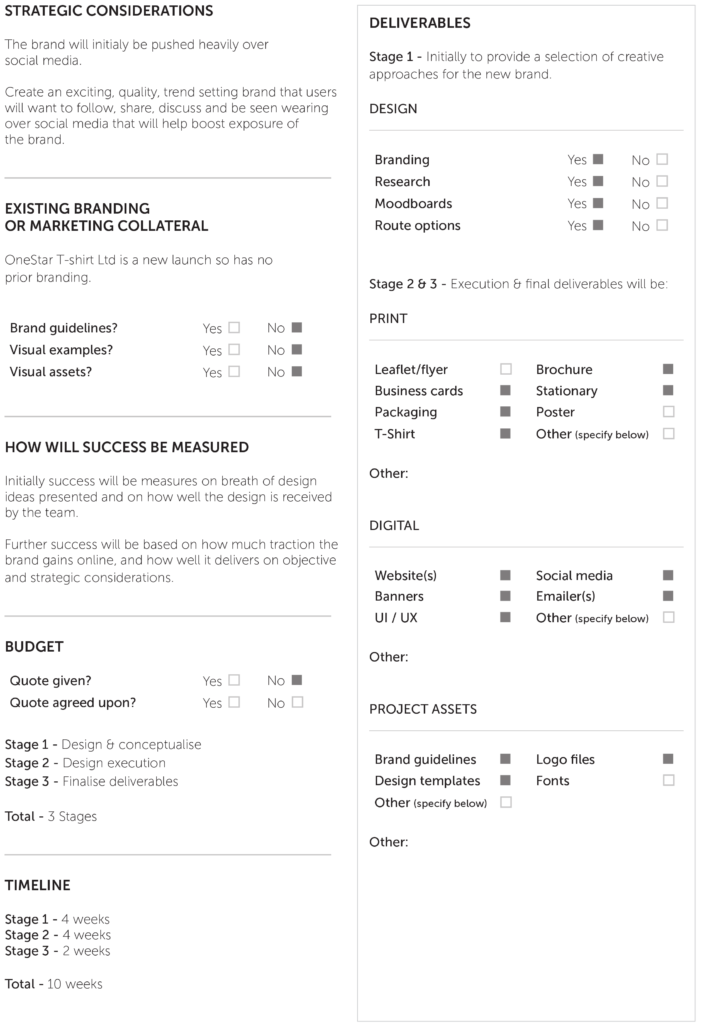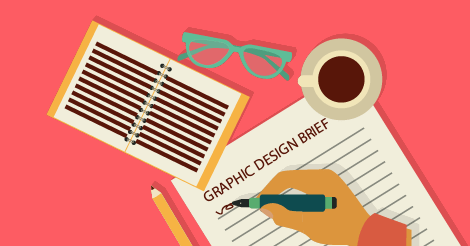When designers undertake projects, they want to do the best job they can and to do that they need to achieve the right results and to achieve the right results they need to understand exactly what the design task requires.
A lot of inexperienced designers make the big mistake of jumping right into the fun part of the design process i.e. the act of designing or creating which happens to be the most important step in the design process.
The best design work:
- Fulfills its purpose or function
- Delivers on the requests of the project
- Communicates a key message or concept boldly and strongly
- Communicates in a unique, visually exciting and engaging way
Graphic design is not about making things look pretty. Graphic design is the organisation and presentation of information developed through a creative process for a particular function.
Before a designer begins the design process for any project they should always seek to understand what that particular function is and to do this, he/she should start by seeking as much information about the project as possible.
This information is typically provided to the designer in the form of a graphic design brief.
So, what is a graphic design brief?
It’s an overview of the project, what’s required and the design problems that need to be solved.
Here’s an example of a typical design brief:


A typical brief should include all the relevant information a designer will need in order to understand the context, requirements and needs of the project.
Why is the design brief so important?
The design brief is really key to the development of a project. The more thorough the initial brief, the more potential there will be to solve the design problems required by the project.
One of the most frustrating things that can happen to any designer is having to create work without being given an adequate design brief.
This can delay the process, it can misguide the designer or the client might not be happy with the end result which leads to lots of amends having to be made in future.
So, lots of time wasted which is a nightmare for most designers and frustrating for clients.
A well outlined and detailed design brief will:
- Help the designer stay on point
- Be the source of reference for the duration of the project
- Can be used to contest solutions later should there be any disputes
For a project to be successful, you should always start with a well thought out design brief.
Source: Gareth David

